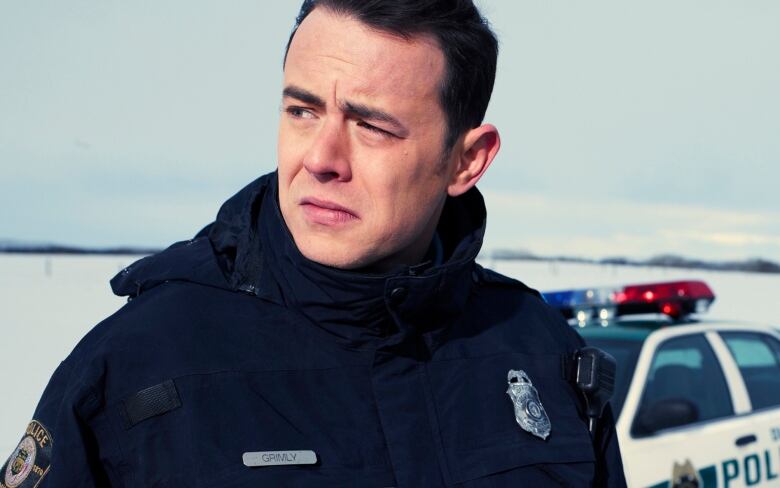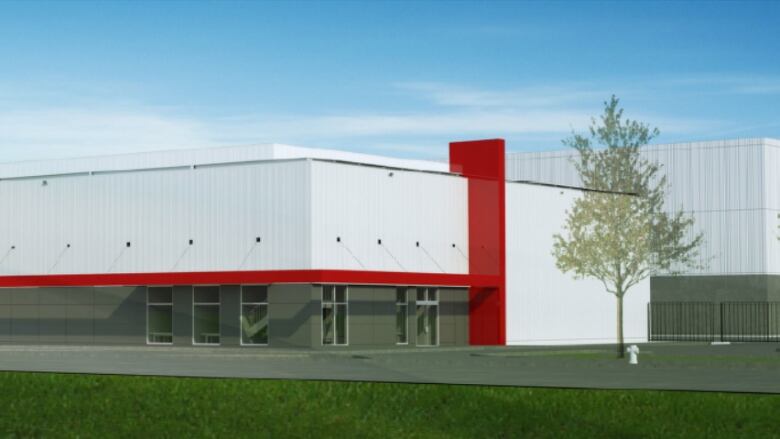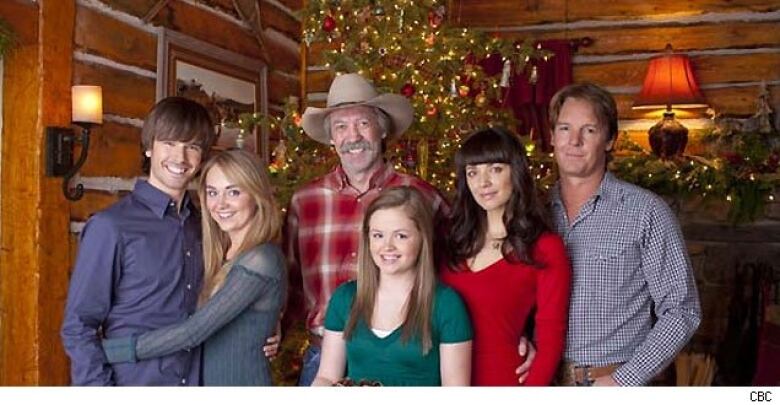Alberta shooting for a bigger film industry
Alberta's film industry is more indie-sized than blockbuster, but that might be about to change
In the first trailer for the television series Fargo, actor Billy Bob Thornton is scraping the ice off his windshield on a bitter winter's day. Calgary doubled for Minnesota and North Dakota in the first season of Fargo and will play the part of South Dakota in the second season.
It was the bleak prairie winters that helped draw Fargo's producers to Calgary, but the weather provided some plot twists of its own, such as the time filming had to stop because all the equipment was frozen solid.

Between Fargo and Hell on Wheels I calculated we've created 38,000 man days of labour in one production season. That's a lot of employment.- Mike Frislev, Producer, Fargo & Hell on Wheels
Tough weather is one of the reasons the city of Calgary and the province of Alberta have teamed up to invest more than $15 million to build a film studio in the city.
Without places to shoot indoors, Southern Alberta simply can't grow its film industry.
"We have lost productions because of a (lack of) sound stage," says Joe Novak, an independent producer and the president of the Alberta Media Production Industries Association. "Because a sound stage is efficient, is effective and you're not having to jury-rig all the time. And that costs money."
To take one example, the CBC program Heartland films some of its interiors at an abandoned military base.
- Calgary-filmed drama Fargo lands a whopping 18 Emmy nods
- Fargo's Emmy spotlight reflects on Alberta's booming film industry
That base, called the Currie Barracks, is where much of the city's film industry is based, but many of the buildings are dilapidated and the area is inthe process of being redeveloped. Novak says he has shot there, dodging rodents as he worked.

Luke Azevedo, Calgary's film commissioner, says that producers are constantly scrambling, trying tofind warehouses to shoot in. Asound stage is needed for Calgary to remain relevant in the industry, he says.
"The amount of time that we spend consistently looking for warehouse space for these productions, there really is a viable option here," Azevedo says.
Not viable without public funding
But not quite viable enough to get by without public funding.
Mike Frislev,a partner in Nomadic Production andone of the producers of Fargo and AMC's Hell on Wheels, says a source of funding is needed.
"We were running the numbers on a sound stage and it's a really really tough business to be in." Frislev said.
"You're heating these buildings in winter months and they're just big barns."
The anchor tenant in the Calgary Film Centre will be William White International, which provides equipment and technology to the industry. It put up $1 million for the construction and is hoping to see the industry take off once the studio is open.

"It's the one missing element to completing Calgary's attraction for a film centre," said Paul Bronfman, the chair of William White. "Calgary is the only regional market in Canada that hasn't had a film studio. It's at least 10 years overdue."
Incentives across the country
The rest of the money is coming from the provincial and municipal governments.
Almost every province in Canada and state in the U.S. offers some sort of incentive to media production. In, Alberta the province offers a grant of up to 30 per cent of production costs, to a maximum of $5 million.
The payback is big, according to Frislev. "Between Fargo and Hell on Wheels,I calculated we've created 38,000 man days of labour in one production season two of them combined. That's a lot of employment and people spending money and buying groceries."
Southern Alberta is the fourth largest film-making centre in Canada, but it lags the powerhouses of Ontario and B.C. which each have $1 billion-plus industries. Southern Alberta's industry is more like a low budget indie-scene by comparison,pegged at $160-million per year.
Vancouver's experiment
There is also a precedent for publicly owned studios. In the '80s British Columbia invested in a film studio for Vancouver. The television series MacGyver started shooting there and B.C.'s industry never looked back. That studio was sold to private interests for $40 million in 2007.
Calgary's producers have honed their MacGyver-like improvisational skills in the past years operating without a studio. Now that one is finally being built, creative leaders in Calgary are shooting for a $250-million industry over the next seven years.













_(720p).jpg)


 OFFICIAL HD MUSIC VIDEO.jpg)
.jpg)



























































































